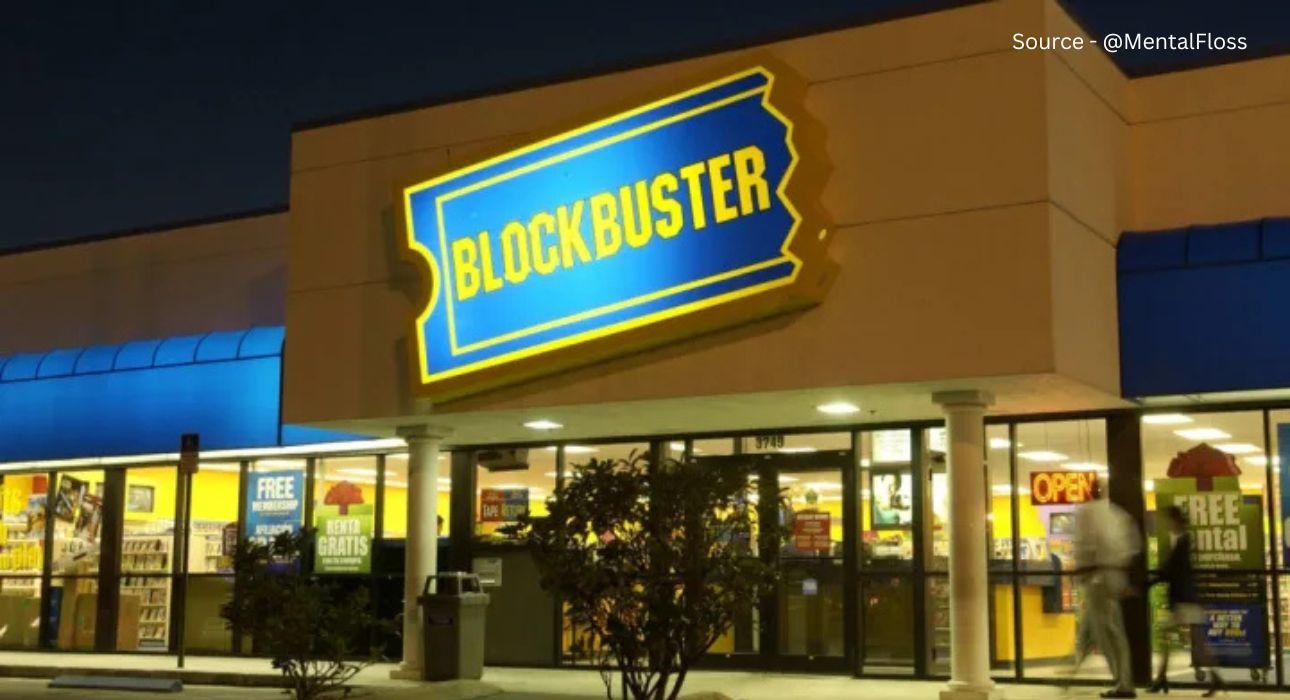The sunk cost fallacy is a common trap that affects how we make decisions, whether it’s in our personal lives, at work, or even within governments. This fallacy occurs when people or organisations keep pouring resources into failing projects simply because they’ve already invested a lot in them, instead of looking at what’s ahead and making the best decision based on future prospects.
Take, for example, the Concorde jet project, which swallowed billions of dollars even when it was clear it wasn’t ever going to be a money-maker. Or think about someone who stays in a dull relationship, or a company that sticks with a losing business strategy. The sunk cost fallacy shows how our feelings about past investments can sway our choices in ways that aren’t logical. Getting a handle on this bias is important because it can really affect our decisions. Whether we’re figuring out our finances or making big policy choices as a government, falling for this trap can lead to bigger losses and less efficient use of resources.
What Is the Sunk Cost Fallacy?
So, what exactly is the sunk cost fallacy? It’s when we continue to invest time, money, or effort in something simply because we’ve already invested in it before, Like deciding to stay in a project or a relationship just because you’ve already sunk so much into it, rather than weighing future gains and losses. It’s a bias that doesn’t make sense from an economic standpoint, yet people often let those past investments sway how they make decisions moving forward.
Research has shown that this bias is real and affects the choices we make all the time. For instance, even if we know that there are better options out there that could bring us more satisfaction, we tend to stick with what we’ve already invested in, whether it’s a project that’s falling short or a personal goal that isn’t working out.
The Psychology Behind the Fallacy
Fear of Losing
One of the biggest reasons we fall into the sunk cost fallacy has to do with loss aversion. It’s normal to feel the pain of losing something, especially when we think about how much we’ve invested, much heavier than the joy we get from gaining something similar. This means that often, people will ignore the reality of a bad investment out of fear of admitting they were wrong. It’s easier to keep throwing money and effort into something that’s failing rather than face that loss.
Emotional Investments
Emotional ties can complicate things, too. The more we’ve spent on a relationship, a project, or an idea, the harder it can be to accept that we should just let it go. When we feel a strong connection to what we’ve put our efforts into, it makes it tough to look at the situation. The investment makes us want to see it succeed, even if the odds are against it.
Justifying Decisions
Cognitive dissonance comes into play here, too. It’s the mental discomfort we feel when our beliefs clash. If we see that something isn’t working but don’t want to admit we made a mistake, we might tell ourselves that sticking with it will somehow make it turn around. When we think we should be making smart, rational choices but see signs of failure, it can lead to a mental struggle where we convince ourselves to continue.
Real-Life Examples
The Concorde Jet
The Concorde project is a classic example of the sunk cost fallacy. Launched in the 1950s, this ambitious collaboration between Britain and France aimed to create a supersonic passenger aircraft. Initial costs were estimated to be around £70 million, but by the time the project wrapped up, those costs soared to between £1.5 and £2.1 billion! Despite clear signs it wasn’t going to be commercially viable, both governments kept investing for years. The jet was just too expensive to operate, tickets were sky-high, and only a handful of them were ever built. Yet, they kept pouring money into it because they felt they had to justify what they had already spent.
Interestingly, some officials were aware of how this was a classic sunk cost situation, but political pressures played a role in keeping it alive. They knew the costs were irrecoverable, but there was a sense of not wanting to waste what had already been spent.
Blockbuster vs. Netflix
Another good example is Blockbuster’s failure to adapt in the face of Netflix’s rise. Back in the day, Netflix was struggling and offered to sell itself to Blockbuster for just $50 million. Blockbuster’s CEO laughed it off, thinking Netflix was a joke. They were making a lot of money through late fees and traditional rentals, and the thought of changing their model didn’t make sense to them. Unfortunately, they missed out on a huge opportunity because they were too anchored to their current success.
Implications in Business and Society
In corporate settings, the sunk cost fallacy can lead companies to keep backing projects that are just not working out. Even if it makes more sense to cut their losses, many businesses find it hard to walk away from ideas that have already consumed resources. This is especially true in tech, where the initial investments are hefty and the road to success can be murky. This tendency can be damaging, leading to wasted money on products that should have been scrapped long ago.
On a bigger scale, this bias can affect entire economies. When businesses hang on to failing investments, it can stifle growth and innovation. Resources that could have gone to better opportunities remain tied up in unsuccessful ventures, which can slow down overall progress.
How to Combat the Sunk Cost Fallacy
Awareness and Clarity
To fight against this bias, it’s crucial to recognise when it’s happening. One effective strategy is to separate past costs from future decisions. Focus on what’s coming next and not what’s already been spent. Writing down future potential gains and losses helps create a clear view of the situation without the cloud of past investments.
Setting Clear Criteria
Another method is to set clear criteria for when to pull the plug on a project before you even start investing. Set clear conditions ahead of time for when you’ll stop investing. That way, when difficult decisions come up later, you’ll find it easier to follow those guidelines.
Getting Outside Help
Involving others in decision-making can also help. Sometimes, just having someone who isn’t emotionally invested in the project can shed light on the situation. Fresh viewpoints can help you see the issues that may be hard for you to acknowledge on your own.
Personal Decision-Making
On a personal level, being aware of these patterns in your thinking can really help. Keeping a journal about your decisions and reflecting on why you made them can shed light on times you might be clinging to past investments. Practising ways to manage stress and emotional responses can help you make clearer, more rational choices too.
Conclusion
The sunk cost fallacy is a significant challenge when it comes to making rational choices, affecting all areas of our lives. Understanding the patterns of this bias, like loss aversion and emotional attachment, can help us navigate our decision-making more effectively. While it’s easy to see in high-profile examples like Concorde or Blockbuster, it sneaks into our everyday choices too.
Being mindful of how these decisions play out, both individually and in business contexts, can help mitigate the effects of this fallacy. The goal is to make choices based on where we’re headed, rather than being weighed down by past investments. Moving forward, it’s important to keep learning about how to avoid this bias and consider how our environments can change the way we think. As the world shifts and evolves, being flexible in our decisions can make a big difference for personal growth and success in our professional lives.
Frequently Asked Questions and Answers
1. What is the Sunk Cost Fallacy?
The sunk cost fallacy is the tendency to continue investing in a project, relationship, or strategy simply because you’ve already put time, money, or effort into it, even when continuing is not beneficial. This leads to decisions based on past investments rather than future outcomes.
2. Why do people fall for the Sunk Cost fallacy?
People fall for this fallacy because of loss aversion (fear of admitting loss), emotional attachment, and a desire to justify previous decisions. These psychological factors make it hard to walk away, even when logic says to stop.
3. How can you avoid the sunk cost fallacy?
To avoid it, focus on future costs and benefits, set clear criteria for when to quit, and seek outside perspectives to help make unbiased decisions. Being aware of this bias and reflecting on your choices can also help prevent falling into the trap.
References +
An fMRI study of decision-making under sunk costs in gambling … https://pubmed.ncbi.nlm.nih.gov/30243683/
The Sunk Cost Fallacy: How To Protect Your Sports Betting Bankroll https://www.sportsbettingdime.com/guides/betting-psychology/sunk-cost fallacy/
What is a sunk cost and how you can effectively manage it – Canny https://canny.io/blog/what-is-a-sunk-cost/
Avoiding Sunk Cost Fallacy in Real Life – Number Analytics https://www.numberanalytics.com/blog/avoiding-sunk-cost-fallacy













Leave feedback about this